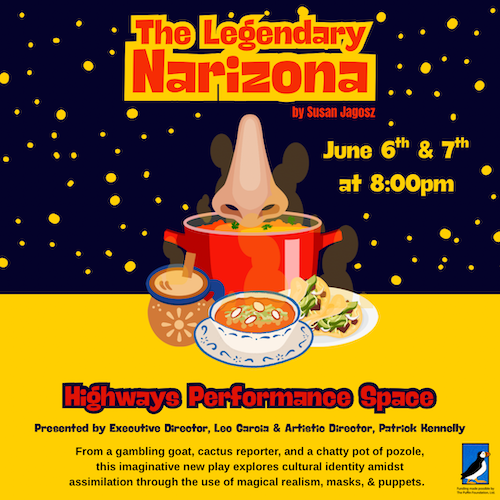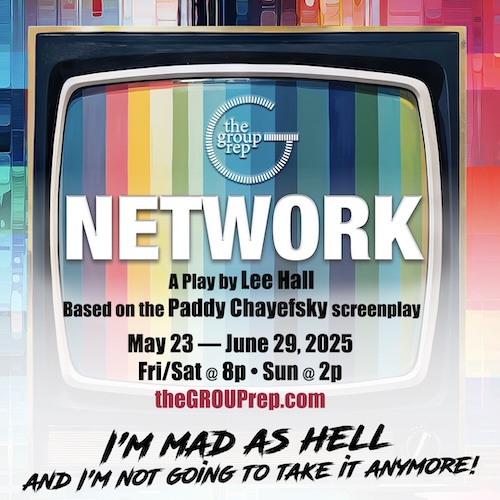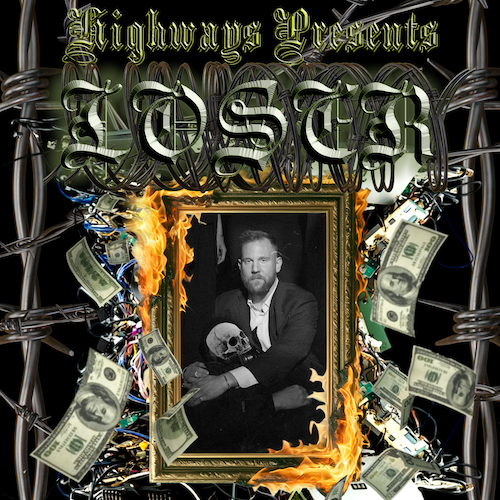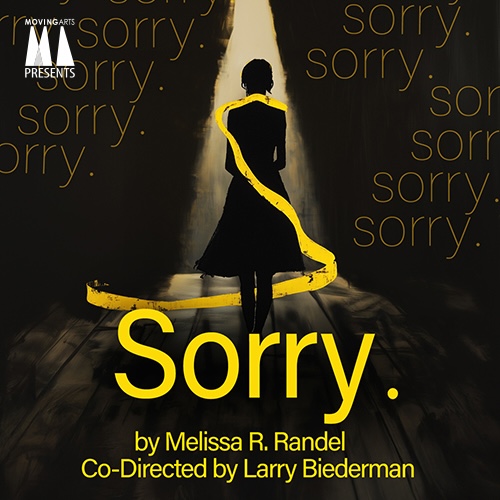Gabbi Beauvais (Photo by Ian Flanders)
Reviewed by Philip Brandes
Will Geer Theatricum Botanicum
Through April 21
RECOMMENDED
With all the controversy raging around aging and diminished capacity, it may come as a shock to realize that Peter Pan is over 120 years old. Not to worry, though—The Boy Who Wouldn’t Grow Up has remained stubbornly faithful to the subtitle of the 1904 play that made him a cultural icon. That mission statement has been a constant through Peter’s countless stage, screen and print incarnations, but the real credit for the character’s enduring appeal belongs to the unique literary gifts of his creator, J.M. Barrie.
Honoring Barrie’s under-appreciated literary talents in surprising new ways, Wendy’s Peter Pan, a retelling adapted and directed by Ellen Geer, makes its debut as part of the Will Geer Theatricum Botanicum’s summer repertory season.
Barrie was first and foremost a marvelous storyteller, and Geer’s immersive staging makes full use of venue’s outdoor Topanga Canyon environs to evoke the magical Never Land backdrop for all the expected tentpole Peter Pan plot elements. There are lost boys, pirates, fairies, mermaids, even a canine nanny. And yes, there’s even flying — albeit with the help of our willingness to believe that’s required for all things in the Peterverse.
More to the point, Geer’s adaptation also makes extensive use of dialog straight from Barrie’s original play, fully trusting its continued relevance and psychological insights into both childhood and growing up. As the title suggests, there’s a shift of emphasis in the relationship between the perpetual child Peter Pan (Gabbi Beauvais, capably following in the longstanding androgynous female casting tradition) who’s always seeking a mother, and Wendy Darling (Quinnlyn Scheppner), in whose own attraction to him lie the first stirrings of womanhood. Beauvais’ Peter is all straightforward derring-do with responsibility and attachments scrupulously avoided, Schneppner’s Wendy more complex and nuanced. Their deftly-performed impasse lends heightened dramatic weight to the point-blank question Barrie wrote for her to ask: “What are your exact feelings for me, Peter?” Which of course goes unanswered — and is bound to strike a familiar chord in any viewer who’s struggled with emotional ties to a narcissist.
In many ways, Geer’s adaptation is more of a tailoring to modern sensibilities than a retelling. Case in point: the character of Tiger Lily (Ianthe Marini) still fulfills her narrative function as protector of the lost boys, but with greater dignity and without the misguided American Indian stereotypes so prevalent in Barrie’s time.
The familiar principal performers are impeccably double-cast in the separate realities of Never Land and the Darling household. Lynn Robert Berg is a superbly villainous Hook and craven but penitent father to the absent Darling children; John E. Phillips amuses as Hook’s bumbling assistant, Smee, and delights inside a Newfoundland costume as the Darling’s canine nanny. Marini doubles as the Darling’s maid; and Robyn Cohen adds glamorous panache as Mrs. Darling and a perilous mermaid. Also impressive are the ensemble performances Geer coaxes from the show’s 13 child actors, 11 of whom are from the Theatricum’s youth classes — an effective leveraging of the company’s parallel educational mission.
So what’s new here?
Principally, Geer frames the original play’s familiar Peter Pan storyline with a new narrative in which a grown-up Wendy (played by Ellen’s daughter and Theatricum veteran Willow Geer) recounts her adventures with Peter as a bedtime story for her own children, played by the same trio of actors (Jaz Bennassar, Julius Geer-Polin, and Scheppner) as the Darling children originally lured to fly away with Peter. Young Wendy’s striking resemblance to Wendy Mom is no accident (Scheppner is Willow Geer’s niece — another benefit of keeping shows in the family.
Reading from her diary, the Wendy Mom character remains an onstage presence throughout, serving as narrator and providing the voice for Tinker Bell’s flitting light beam.
The framing premise is less of an arbitrary departure from the original text than it might seem. During the Edwardian era in which Barrie wrote Peter Pan, it was common practice for playwrights to populate their stage directions with copious descriptive passages detailing characters, back stories, and inner states. Quite the opposite of today’s minimalist phrases allowing interpretive latitude to directors and performers, stage directions in Barrie’s plays, like those of his contemporary, George Bernard Shaw, were intended to indicate the author’s intentions as precisely as possible — in effect investing the playwright with directing and performance roles. The results were often prose passages as expressive as any spoken dialog, but which could never be experienced or appreciated without reading the playscript.
In Wendy’s Peter Pan, Geer uses the Wendy Mom’s narration as a means to include eloquent verbatim parts of Barrie’s original stage directions. Consider this insight into Tinker Bell’s jealousy: “Tinker Bell, who may have been off visiting her relations, returns and thinking that Wendy has been got rid of, is whistling as gaily as a canary. She is not wholly heartless but is so small that she has only room for one feeling at a time.”
Another example expresses Barrie’s empathy even for Hook: “Does no feeling of compassion disturb Hook’s somber breast? The man is not wholly evil: he has a Thesaurus in his cabin and is no mean performer on the flute. What really warps him is a presentiment that he is about to fail.”
Through Geer’s added framing narrative, we actually get to hear more of Barrie’s original play than ever before. It’s a neat trick — and furthermore, not a device invented out of whole cloth. Barrie’s 1911 follow-up novel, Peter and Wendy, expanded the story to include an epilogue of sorts in which a fully grown Wendy recounts her Peter adventures to her own daughter. That final chapter isn’t fully incorporated here, but it provides a seed for envisioning Wendy at a different stage of life.
Wendy’s Peter Pan won’t disappoint viewers expecting a traditional Peter Pan. But while there’s plenty of action and whimsy to entertain younger viewers, Barrie’s play is no simple kid’s fairy tale — it depicts both the wondrous and tyrannical aspects of childhood, reminding us how the wistful inevitability of leaving it behind requires merely giving up limitless imagination in return for a bit of wisdom and perhaps empathy. With the play’s closing image of the Wendy Mom passing on Peter’s adventures to her own kids, it evokes succinct coda in Barrie’s novel: “and thus it will go on, so long as children are gay and innocent and heartless.”
Will Geer Theatricum Botanicum, 1419 North Topanga Canyon Blvd., Topanga. In rep, check website for schedule; thru Oct. 4. www.theatricum.com Running time: two hours and five minutes with an intermission.















